It’s not been a bad year, I reckon, for trade books about books. Books intended for a general rather than a specialist readership, that is (that nonetheless will have plenty to teach biblio-specialists as well). Here are five that might keep a family member quietly engrossed during December and beyond . . .
Jane Cholmeley, A Bookshop of One’s Own (Mudlark)
The author was one of the three founders of the Silver Moon Bookshop, opened at 68 Charing Cross Road in May 1984 (with the support of the GLC, among others). While the Charing Cross Road has long been surrendered to a general spirit of naff-ness (think pop-up giftshops and all the bubble tea you can drink), this particular story of a shop that closed in 2001 stands apart: Cholmeley, Sue Butterworth, Jane Anger et al were feminists in a supposed “gentleman’s profession”, whose enterprise grew to include a publishing imprint and a magazine before the “bastard landlords” got to it. Cholmeley is wrong to claim that the bookshop (Albert Jackson and Son) previously established at the same address was a “medieval bogland”. But don’t let that stop you reading about what it was like having Margaret Atwood or Victoria Wood as customers, or deliberating over whether or not to “out” a writer by stocking her works in the lesbian section.
Stella Halkyard, Library Lives: A constellation of books and objects from the Rylands (Carcanet)
This smart hardback brings together a series of short pieces, all previously published in PN Review, and now arranged in chapters such as “The Art of Making” and “Margins & Marginalia”. As former Joint Head of Special Collections at the John Rylands Library at the University of Manchester, Stella Halkyard is the ideal person to record these “readerly encounters with the books and other objects held within the Rylands’ archives”, and the “particular pleasures” of the “close reading of some of the small details of a great library’s lesser-known gems as well as re-readings of a few of its more celebrated treasures”. Those gems and treasures? Charlotte Brontë’s letters. A lock of Marcel Proust’s hair. A limited edition of fifteen poems by Wallace Stevens along with the correspondence that traces its making. A watercolour made in Guanzhou in southern China in the 1790s, depicting a “slight figure” hard at work on the business of making paper. Enticing images; think of them all clustered together, now, in the heart of Manchester . . .
Joseph Hone, The Book Forger: The true story of a literary crime that fooled the world (Chatto and Windus)
It’s not an unknown story: in retelling the story of Thomas J. Wise (1859–1937), who was both a collector and a faker of books, Joseph Hone can draw on not only the writings of John Carter and Graham Pollard, the two younger bookmen who unmasked Wise and his accomplice Harry Buxton Forman, but almost a century of further investigations into the notorious forgeries Wise perpetrated. The Book Forger is all the better for this. Wise faked whole books (such as a bogus edition of Elizabeth Barrett Browning’s Sonnets from the Portuguese) and mutilated others (by ripping pages from old books in the British Museum). There’s still something astounding about the whole story; and as Hone points out, “Wiseiana” have become collectible in turn. Carter’s copy of those EBB Sonnets sold at auction in 2005 for $19,200, “Adjusted for inflation, substantially more than any price achieved while the book was still thought to be authentic”. So there’s a market for genuine fakes. Surely some fake fakes are out there, waiting to be detected by a modern-day Carter or Pollard?
Nicholas Royle, Shadow Lines: Searching for the book beyond the shelf (Salt)
Readers of the same author’s White Spines: Confessions of a book collector (2021) will have some idea of what to expect from Shadow Lines. It won’t excite anyone who puts book-buying on a level with trainspotting, let’s say. But this isn’t one for those who think Lee Child’s the only game in town. In these further adventures of a book collector, Nicholas Royle spots some of the weirder tangents, the odd avenues, that browsing among old books can open up. The “shadow lines” of the title refer to the “inclusions” (bookmarks, train tickets, postcards, the who-knows-whats) that put a permanent fissure in a volume’s otherwise smooth block of pages. The pursuit that’s stayed with me is his experiment in calling or texting the phone numbers that might be scribbled on, say, an inside front cover. I’ve never felt drawn to making contact with a book’s previous owner like that, but, amid the inevitable rebuffs and silences, the results aren’t without interest. I’m bracing myself to try it some time.
Adam Smyth, The Book-Makers: A history of the book in 18 remarkable lives (Bodley Head)
At last, some may cry: a book by somebody who actually writes on Substack. Adam Smyth is Professor of English Literature and the History of the Book at Balliol College, Oxford; he also happens to write Text! (est. December 2020), which I can highly recommend, and reveals something of the range of his interests. The Book-Makers, as with Joseph Hone’s Book Forger, retells the story in style, relating material developments in the form of the book, its distribution etc to the “remarkable” lives of the subtitle. It incorporates plenty of original insights into the history of the book in the West, running from incunabula (the first printed books) to the typographical refinements of John Baskerville and Sarah Eaves (the latter being Baskerville’s overshadowed partner and the much less familiar figure in such histories) to the circulating library of Charles Edward Mudie and beyond. It may not seem likely to publishers feeling glum about the business at the moment, but books will endure, Smyth writes, because, apart from anything else, “they don’t merely or straightforwardly convey text to readers”: “Books are themselves incredible objects whose beauty and complexity enriches the text being read”.

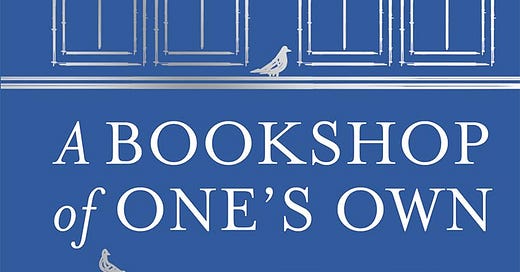



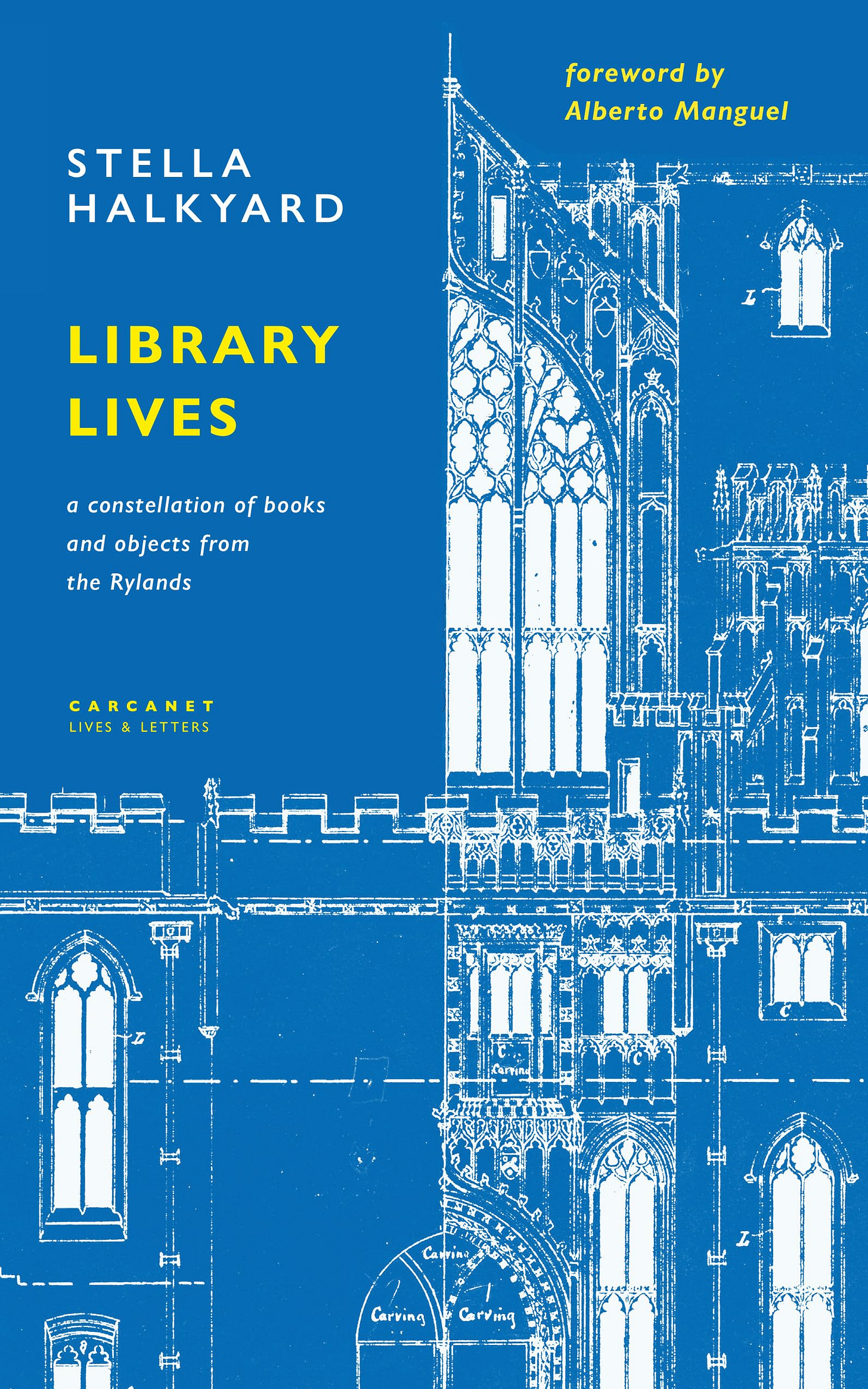
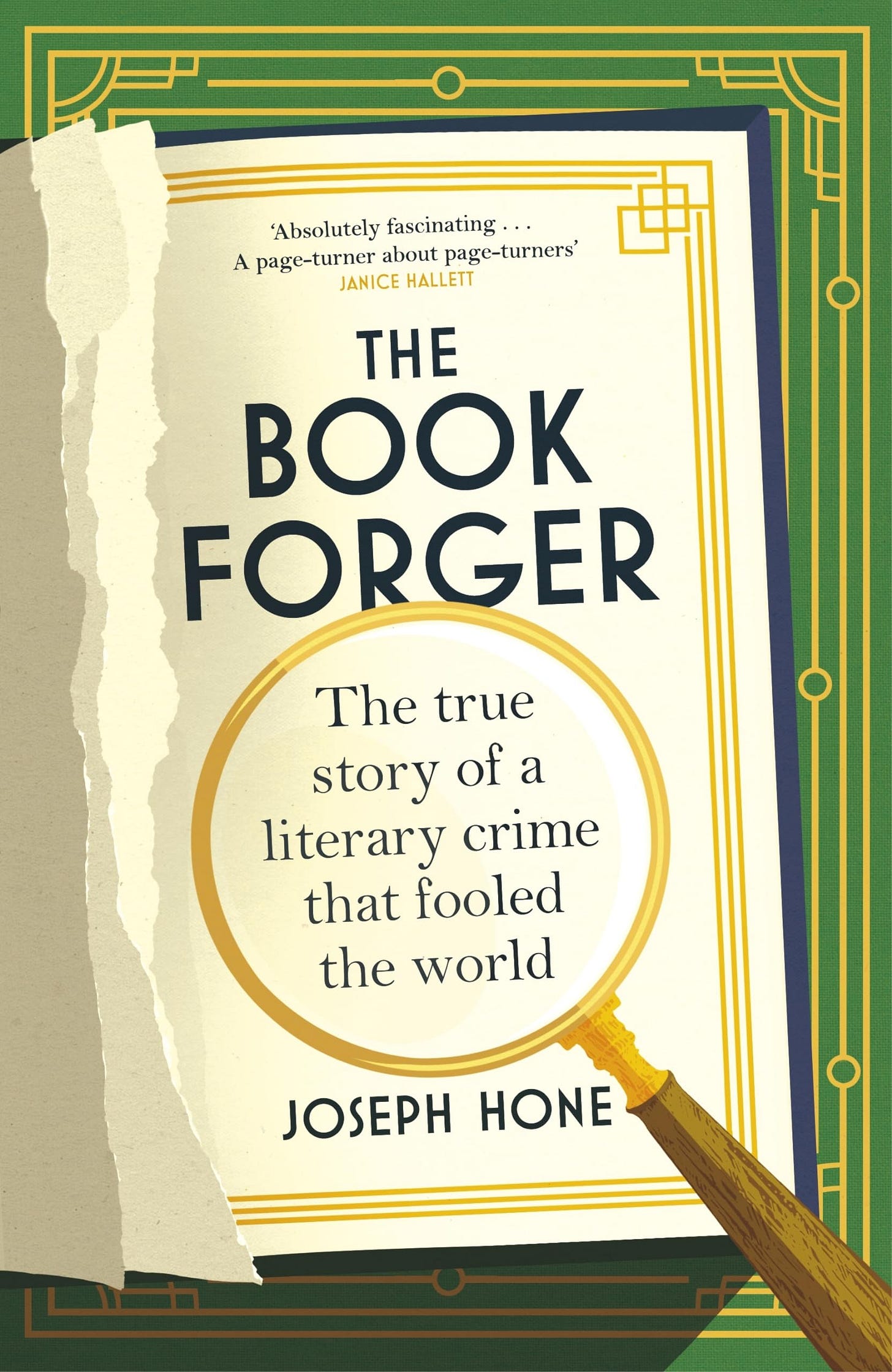
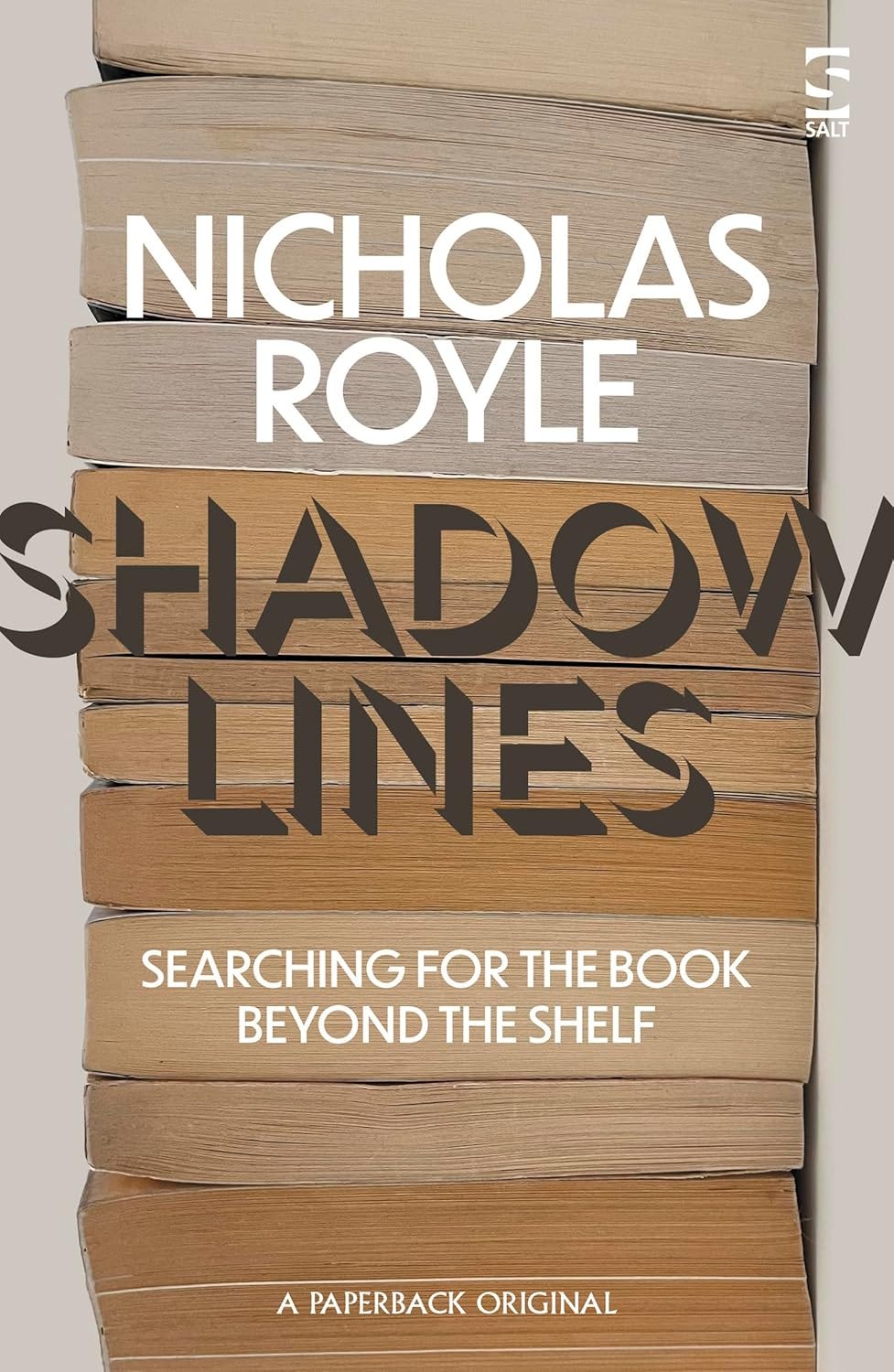
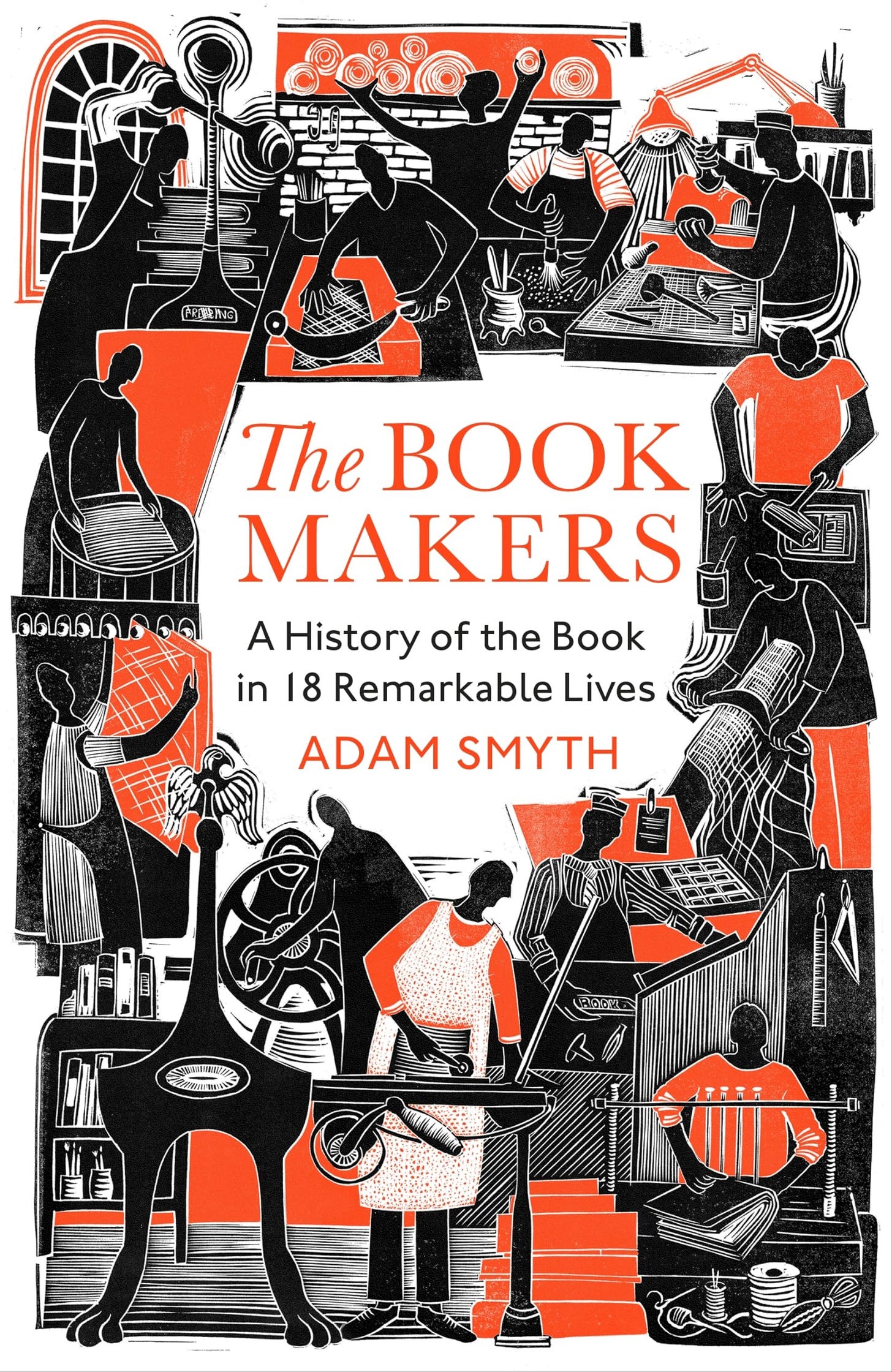
Fine selection. Would also recommend Eleanor Baker's 'Book Curses'.